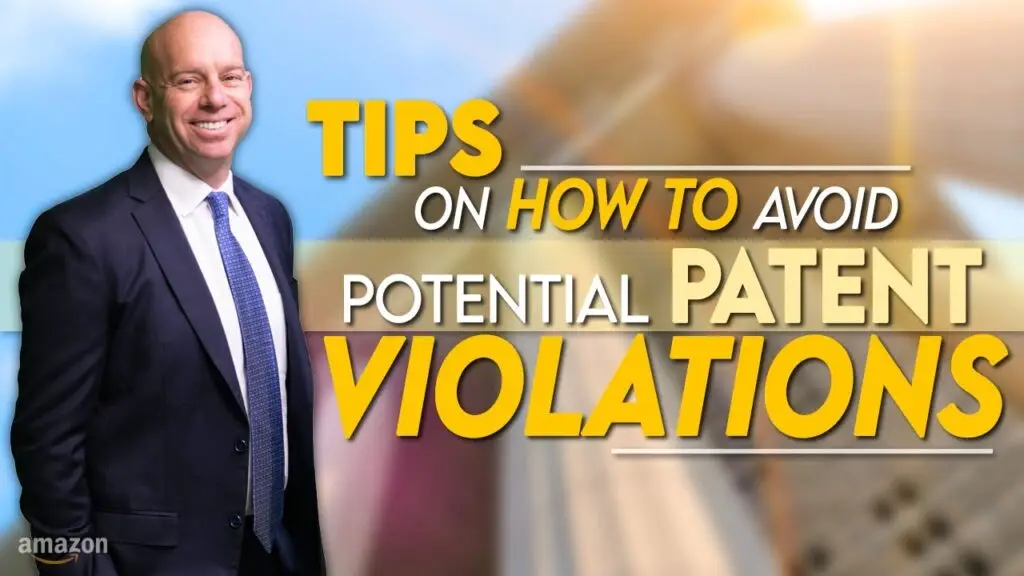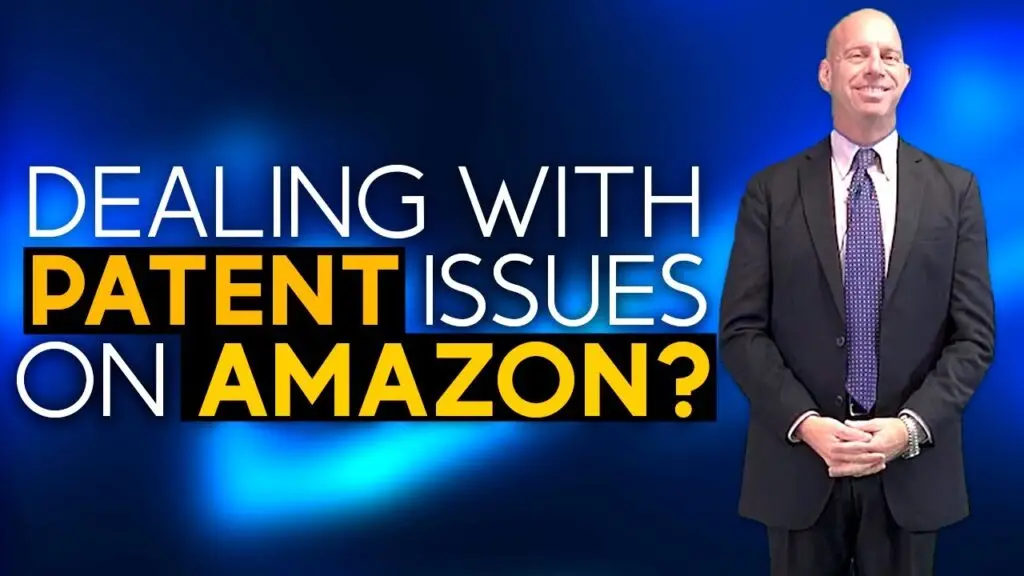Patent Issues on Amazon
Amazon enforces strict intellectual property policies, and patent issues can lead to listing removals, account suspensions, or even legal disputes. Whether you’re accused of infringing a patent or need to protect your own intellectual property, Amazon Sellers Lawyer provides legal assistance to safeguard your business.

Common Patent Issues on Amazon
Amazon sellers can face various patent-related challenges, including:
- Utility Patent Infringement – Allegations that a product’s function or process violates a registered patent.
- Design Patent Infringement – Claims that a product’s appearance or design is too similar to a patented design.
- Amazon Utility Patent Neutral Evaluation – A process Amazon uses to resolve patent disputes between sellers.
- Patent Trolls & False Claims – Bad actors may file baseless patent claims to force competitors off the platform.
- Defending Against Patent Complaints – Responding effectively to avoid account suspensions and legal action.
Consequences of a Patent Infringement Complaint
Listing Removal – Amazon will deactivate products accused of violating patents.
Account Suspension – Repeated complaints can lead to full account deactivation.
Loss of Revenue – Inactive listings result in immediate and long-term financial damage.
Legal Consequences – Sellers may face lawsuits if they fail to resolve disputes effectively.


How Amazon Sellers Lawyer Can Help
Patent Complaint Defense – We develop strong responses to fight false or unfair claims.
Patent Research & Legal Strategy – Identify prior art and alternative legal approaches to protect your listings.
Appeal Preparation & Submission – Crafted appeals that align with Amazon’s policies.
Negotiation with Rights Owners – Resolving disputes efficiently to prevent legal escalations.
Long-Term Risk Management – Strategies to avoid future patent complaints and secure your business.
Steps to Take If You Receive a Patent Complaint
1 Review the Complaint Notification – Understand the details of the claim and the patent involved.
2 Analyze Your Product & Supplier Information – Confirm whether your product actually infringes the patent.
3 Gather Documentation & Prior Art Evidence – Provide proof of independent design, modifications, or alternative patents.
4 Respond to Amazon & the Rights Owner – Submit a strategic response disputing false claims or negotiating resolutions.
5 Explore the Amazon Utility Patent Neutral Evaluation Process – Consider participating to challenge unfair claims.
6 Contact Amazon Sellers Lawyer – Our legal team focuses on patent defense and resolution strategies.
There are two types of patents: utility and design.
Utility Patents protect how a product functions, its usage, and the unique value it provides. These patents generally take longer to issue but also have a longer lifespan compared to design patents. Due to their complexity, utility patents are more expensive and require detailed specifications. Ecommerce platforms like Amazon prioritize utility patent complaints, as they are more involved in determining functional infringement.
Design Patents protect only the appearance of a product, not its functionality. They are typically cheaper and easier to obtain than utility patents. However, platforms like Amazon have struggled to handle design patent infringement complaints effectively. Their reliance on automated review systems often leads to inaccurate assessments, as algorithms cannot reliably determine whether a design is sufficiently distinct from an existing patented design. This has resulted in unfair outcomes for rightful patent holders.
Why Choose Amazon Sellers Lawyer?
- Experiences Team: Our attorneys focus on Amazon seller account reinstatements.
- Proven Success Rate: Thousands of sellers have regained their accounts with our help.
- Fast & Effective Appeals: Time is money—we work quickly to resolve your suspension.

